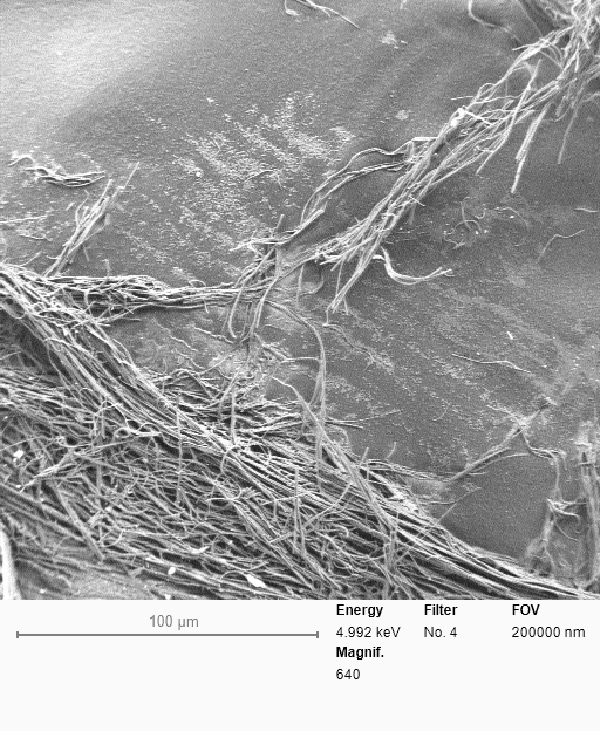-
Tips for becoming a good boxer - November 6, 2020
-
7 expert tips for making your hens night a memorable one - November 6, 2020
-
5 reasons to host your Christmas party on a cruise boat - November 6, 2020
-
What to do when you’re charged with a crime - November 6, 2020
-
Should you get one or multiple dogs? Here’s all you need to know - November 3, 2020
-
A Guide: How to Build Your Very Own Magic Mirror - February 14, 2019
-
Our Top Inspirational Baseball Stars - November 24, 2018
-
Five Tech Tools That Will Help You Turn Your Blog into a Business - November 24, 2018
-
How to Indulge on Vacation without Expanding Your Waist - November 9, 2018
-
5 Strategies for Businesses to Appeal to Today’s Increasingly Mobile-Crazed Customers - November 9, 2018
How To Lower Global Warming? Turn Carbon dioxide Into Nanofibers, Researchers Say
There’s a lot of work to be done, not surprisingly, but if the results hold it could have a huge impact on the battle against climate change that could represent the holy grail for both scientists and government officials looking to tackle the issue: a way to turn the greenhouse gas that causes it into a valuable commodity, according to a Phys.org report. It’s emitted when planes fly, cars drive, and power plants burn fossil fuels like coal and natural gas.
Advertisement
Carbon fiber is a valuable building material that well-known for its strength, light weight and electrical conductivity – properties that make it a desirable building material in the automotive and aerospace industries.
Carbon nanofibers are very strong and used in carbon composites like in commercial airliners.
The substance is already being used in Boeing 787 Dreamliner, wind turbine blades, and sports equipment, according to Licht. Licht says the mechanisms underlying the formation of the fibres still need to be better understood, and says he’s confident the group can keep developing a greater degree of control over the nature of the fibres it makes.
A team of chemists will present the study at the National Meeting and Exposition of the American Chemical Society, which will show how to convert atmospheric CO2 into carbon nanofibers that would be used in an industrial and consumer capacity.
This type of carbon nanofiber growth could be achieved using about one volt of electricity at 750 degrees Celsius, which is considerably less than the three to five volts at 1,000 degrees used in the industrial production of aluminum.
But now we might get something useful out of that transition – thanks to a team at George Washington University.
Carbon nanofibres have a wide variety of applications including reinforcing sophisticated body armour.
“But if your idea is to take CO2 out of the atmosphere and produce so many carbon nanofibers that you make a difference to climate change – I’d be extremely surprised if you could do that”. He also notes that the research is in its early stages. Licht points out, this new method of obtaining the material also offers a much more cost effective means of obtaining the carbon nanofibers. This sees the carbon dioxide dissolve and the carbon nanofibers begin to build up on the steel electrode. “Eventually we will have to stop”, Lackner told VICE News. That number is increasing by more than two ppm per year, he said. And we should, too.
But the number will continue to rise as long as there are some emissions, Lackner said.
Advertisement
“We calculate that with a physical area less than 10 percent the size of the Sahara Desert, our process could remove enough Carbon dioxide to decrease atmospheric levels to those of the pre-industrial revolution within 10 years”, said Licht.




























